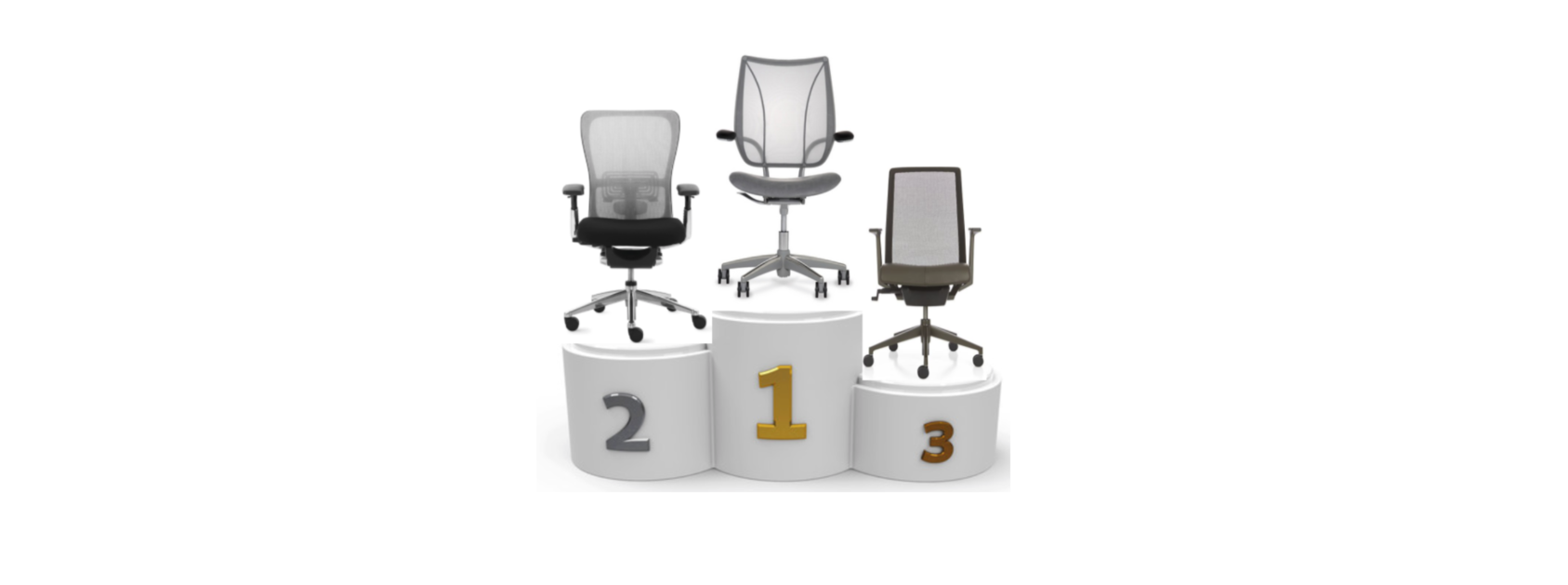Workplace Analytics are about much more than just counting people in a space, (or devices around)… it is more about learning how people use the ressources made available to them and use that information to fuel the change and enhance experience.
DISCLAIMER : The information shared in the article comes from a real life case study where data have been gathered for a significant period of time (1 year). Findings are specific to one client on one location : CTI Working Environments and should not be considered as a Benchmark data for any item listed in this article. In this series of posts, we will dedicate each article to one (of seven) major questions that one can’t answer unless using Workplace Stats and Analytics.
Question 1/7 : How do the assets provided to your users rank in popularity?
First thing first: you need to define what popularity is when it comes to items. A popular asset is something that people use frequently and for long periods of time with regard to the number of specimens available to them. For example if you have 1 Ping Pong table in your office and people use it 4 hours in average across the day, than it is known to be more popular as compared to the 3 Foosball tables that accumulate 30 minutes of use, each, in average. To simplify : this score compares the offer to the demand in order to establish a ranking.
As for seats, in order to rank different brands you need to take into account the availability of specimens for every brand and compare that with the total cumulative time of usage recorded on each specimen in each group. The score are displayed in [Hours of utilization per day and per specimen] for each type.
Each type of furniture is assigned a rank which highlights users’ preference while taking into account these 3 parameters. For an equal amount of specimens in a group, the score of a brand increases proportionally to the cumulative usages recorded on every specimen that belongs to the group. Conversely, for an equal cumulative usage, a brand’s score decreases when the number of specimens in the group is high.
Ranking furniture is not something that Workplace Professionals do on daily basis , but for a company’s procurement department, this information can be very insightful whenever they plan to buy furniture, CFOs also like to know that office CAPEX and OPEX are well amortized. Comparing the OFFER to the DEMAND allows buyers to back up their buying decision while shopping for what will work for their users.
Make sure you drop by MySeat and follow us if you do not want to miss the next publication that will reveal another finding from the CTI Working Environnements study.


